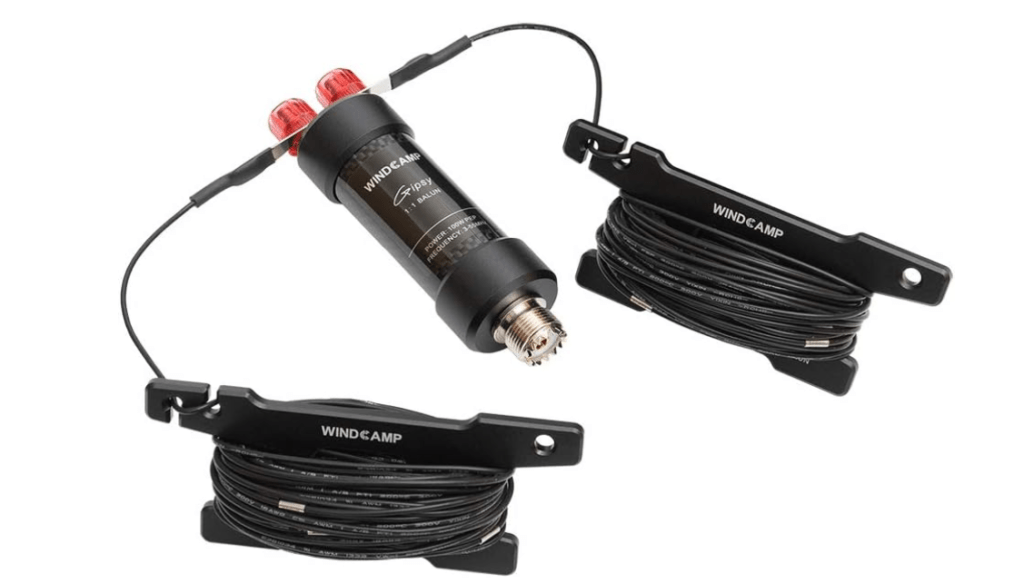If you are new to amateur radio you are likely looking to start small and gain experience with the hobby before progressing.
There are some great products out there that will help you get on the air on HF (high frequency) relatively inexpensively. We also have a range of VHF/UHF equipment.
HF Radios for Foundation Licencees

My first radio was the Xiegu G90. It’s a budget transceiver packed with great features, including a SWR meter and an antenna tuner. It will ensure that you don’t break anything in your first few days and will provide great fun making contacts worldwide.
I’ve personally made SSB voice contacts to the USA using this radio and a wire at my home QTH, but it excels in digital modes where the output powers are less crucial.
HF radio power supplies

Ham radios do not usually plug straight into the mains. You will need a desktop power supply to use your radio. Bench power supplies are the most popular among amateurs. You need to ensure that the power you intend to draw with your radio can be provided by your bench supply. For the Xiegu, you do not need to go for a ridiculous expense. It is a relatively low-power device. A power supply such as a Nankadf DC power supply (0-30V,0-10A) adjustable, switching power supply would be more than adequate.
HF (shortwave) transmitting antenna
As an Amateur Radio Foundation Licence holder, one of your biggest joys will come from how making use of your relatively low power and experiment. In fact, many more experienced hams do the same and use QRP low power as a challenge. Part of the fun of QRP can be building your own aerials. Literally, any old bit of wire can provide materials for the keen experimenter.
That said, you are also new to the Amateur Radio hobby and likely to be worried that you are not doing things right, so having a pre-made antenna can prove a bonus. If nothing else it can provide you with a yardstick to measure the performance of your designs.
The Xiegu will provide coverage down to the 160-metre band, but the size of the aerial needed to use these ‘Top Band’ frequencies efficiently tends to rule out everyone who doesn’t have a mansion with several acres. Most commercially available aerials will cover the 40m to 10m ranges

If you are looking for a vertical, then something like the Sigma Euro-Comm SE X80 VERTICAL HF RADIAL FREE ANTENNA is ideal. Just make sure you mount it up in the clean air away from other metalwork that can detune or distort the radiation pattern (which should be omnidirectional).

At HF, it doesn’t matter too much if the antenna is horizontal or vertical. In most cases by the time it comes back down from the ionosphere, it will likely have been flipped anyway. My own antenna is a long dipole in my back garden. It’s not as pretty as a vertical, but it will probably better fit to the wavelength of the lower bands. And is easier to maintain. If you are looking for a long-wire kit, then the Windcamp Gipsy 5-50Mhz antenna will do the job. Just attach it securely between two high points broadside to the area you are trying to contact and the “jobs a good un”
Of course, make sure you get some coax to join it all up. Typically at lower power, you don’t want to introduce too much resistance into your feedline, but as a percentage of your power output, HF is far more tolerant to cable loss than VHF and UHF. This coax cable and PL259 plug package from Boobrie should be ideal.
So to summarise
should make you into an efficient and effective amateur radio operator.